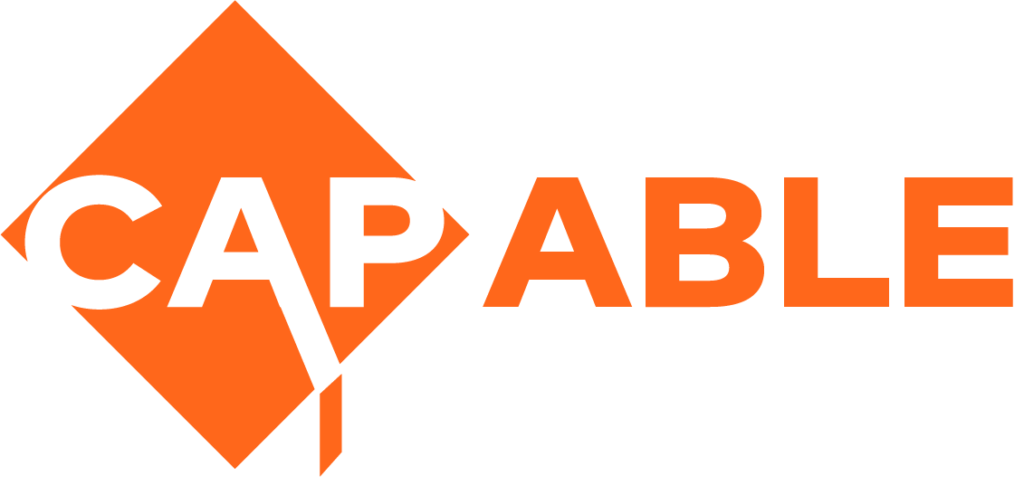HOW TO BUDGET FOR DISABILITY INCLUSION: EXPERIENCES FROM UNIVERSITY OF GONDAR, ETHIOPIA

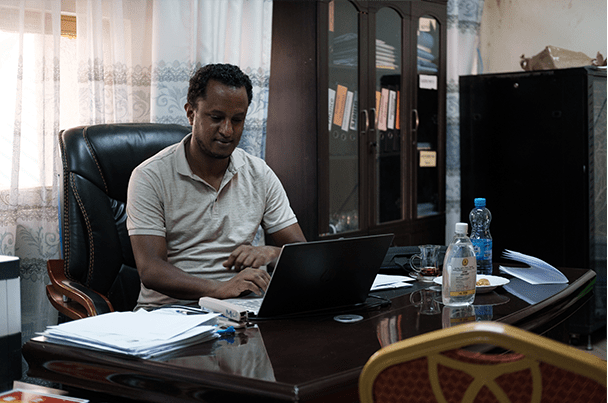
Dr. Mikyas Abera, Program Manager of the scholars Program at University of Gondar (UoG) shares experiences of the Program in planning and budgeting for the inclusion of Scholars with disabilities
Can you share with us how you managed to come up with a budget for the Scholars Program that addresses the needs of Scholars with different types of impairments?
We had the benefit of already existing programming that focused on supporting students with disabilities at the UoG:
We have a Community-based Rehabilitation (CBR) program that has been advocating for the rights to education of children with disabilities and providing direct and indirect support to them. This program was supported by Light for the World, and Save the Children, among others. Our experience in the CBR program – though at school level – provided a starting point on the special needs of students with disabilities.
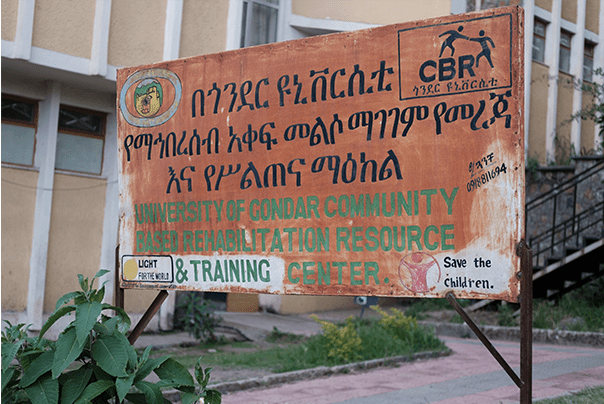
The Directorate for Disability Studies and Services has been coordinating support and services to students with disabilities at UoG. The directorate found budget sources from partners like Ethiopian Center for Disability and Development (ECDD), Light for the World, among others, to improve campus accessibility and provide academic and personal support to these students.
Though there were very few students with disabilities before the launch of the Scholars Program, their experience provided a framework to start budget planning.
Professionals and experts in special needs and inclusive education, social and health sciences, humanities and engineering who have advocated for disability rights, as well as delivered training and support to people with disabilities and their organizations were also involved in identifying the services, supports and programs needed to provide reasonable accommodation to students with disabilities on campus – and make the campus accessible to them.
Who did you involve in coming up with budget estimations?
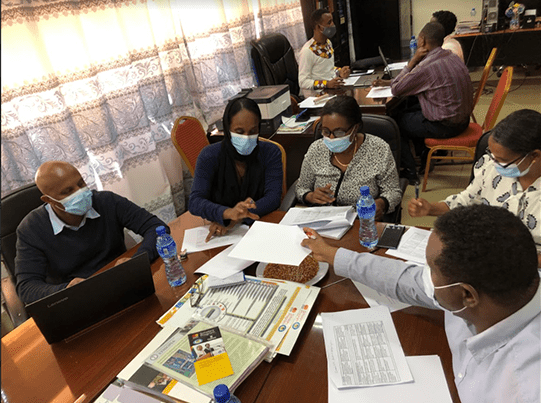
The developers of the Scholars Program were from diverse fields of studies and had a range of experiences in supporting students/youth with disabilities. They reviewed the Inclusive Education guidelines and drew on their experience to design the Scholars Program. The proposal was revised several times to reflect actual scenarios and emerging realities.
But still it had loopholes that we identified after the budget was approved, which required us to move funds between budget lines. The flexibility and support of our Program and Finance Managers at the Foundation was a great asset when we tried to accommodate the changes within the approved budget.
What are the most important areas for budgeting that Scholars Program partners should keep in mind when budgeting for a Disability Inclusive Scholars Program?
From our experience at UoG, the areas for budgeting that partners should keep in mind while creating a Disability Inclusive Scholars Program include:
Direct support to Scholars that should reflect their impairment (and its degree):
- Campus accessibility. It is possible to compensate for campus inaccessibility through direct support to students with disabilities. For instance, if the campus is not fully accessible, the Program could provide personal assistants to Scholars with severe mobility impairment.
- Assistive technology such as computers with accessibility tools, audiobooks, screen-readers such as JAWS and other speech-to-text software. Assistive devices such as audio-recorders, white cane, braille slate and stylus (not all those with visual impairments use braille but you may find some who feel more comfortable with it than using a computer).
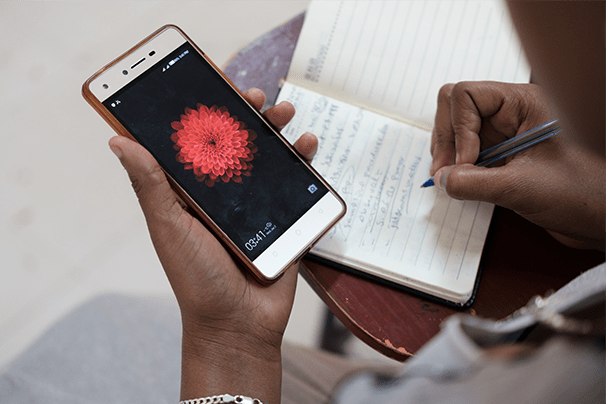
- Tutorials – most students with disabilities don’t get adequate academic preparation in school and may perform poorly when they join university. It is better to plan for extensive course/subject-based tutorials.
- Trainings – students with disabilities, especially those from remote or rural villages, do not usually have the relevant technical and soft skills to take advantage of the Scholars Program. It is relevant to plan for trainings on life-skills, communication skills, computer skills and for those new to using IT equipment and/or assistive technology, training in using those devices and other specialized software – such as speech-to-text software.
- Wellbeing is a matter of great importance to the Scholars Program, and when it comes to students with disabilities, they need to include plans and activities that meet their heightened vulnerabilities. Mentors, sign language translators, advisors, networking opportunities, and such need to be provided.
Promoting inclusion at institution level that will benefit all students with disabilities:
- Conduct a campus accessibility audit to identify areas that need priority interventions.
- Design a comprehensive institutional inclusion policy that mainstreams disability programming at all levels.
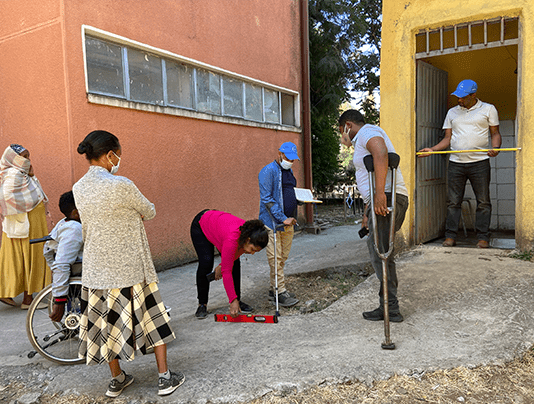
- Provide capacity building, skills and awareness trainings to staff and leadership on inclusion.
The four pillars of the Scholars Program – recruit, educate, prepare and transition – require additional inputs such as sign language translation, customization of promotional and information dissemination on the Program. This requires additional budgeting based on local realities.
Assuming that there have been several rounds of budget adaptations, what were the main budget lines you needed to add/ amend over time?
I think the main budget lines include;
- Accessibility audit and accessibility improvement works – especially dormitory (student residences), classrooms, laboratory/workshops, library, and lounges.
- Assistive technology and devices for Scholars (Braille slates and stylus; Laptop with adaptive software; and assistive devices such as hearing aids; wheelchairs, crutches, audio recorders to be used during lectures and trainings; etc.)
- Skills trainings (braille, sign language, communications, disability advocacy campaign/workshops, etc.) depending on the need, for students with disabilities and staff.
- Personal support to students with disabilities.
- Mentoring and coaching.
- Additional medical benefits as students with disabilities could be more vulnerable to injuries and health risks.
- Budgeting for inclusive information dissemination that reflects the diversity among youth with different types of disabilities and their special needs.
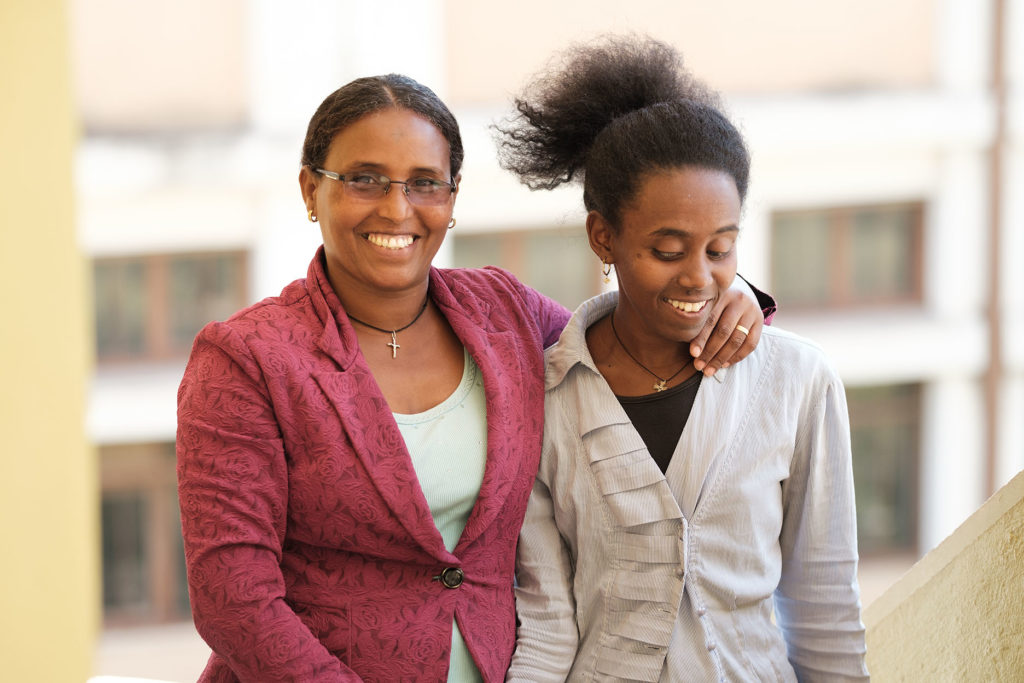
These are on top of the standard Scholars Program budget lines. And, Scholars Programs need a lot of flexibility in their administration of funds and the overall budget should be estimated to accommodate dramatic changes.
What are some of the challenges you have faced (if any) when budgeting for disability inclusion? And how did you mitigate them?
A few of the challenges are/were:
- Unavailability of most adaptive technologies on the local market – we rely on what can be adjusted at institutional level to accommodate students with disabilities.
- Missed budget lines – for instance, personal support. We moved some funds from unused budget lines and revised the budget reporting template in the subsequent periods.
- We tried to meet Scholars’ emerging needs within the budget allotted. But this flexibility needs to be accompanied by procedures to manage expectations.
What are your recommendations to Scholars Program partners who are now designing their proposal and budgets for the expansion phase?
My recommendations include:
- Learn from other partners who have experience in designing and implementing inclusive Scholars Programs and adapt these to your unique circumstances.
- Integrate as much flexibility as possible into programming and budgeting as there will always be unforeseen, emerging and urgent needs. This should be accompanied with procedures on how to communicate with partners, institutional leadership and Scholars to manage expectations.
- The role of leadership is key to the success of programming in an inclusive Scholars Program. The institutional leadership should be involved from the get-go and kept engaged throughout.
- Scholars Programs need to plan for broader engagement of partners that work on disability inclusion and advocacy and leverage on their resources in recruitment, education, preparation and transition of Scholars.
- The institution and its academic and administrative staff should be involved as well – since their level of engagement and sense of ownership would influence to what extent the institution becomes accessible and makes reasonable accommodations for students with disabilities.
- Partners developing Scholars Programs should include activities that aim at institutional and systemic changes that promote inclusion.
